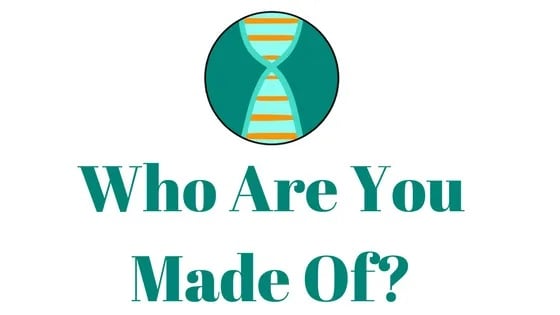Did you know that the 1921 Census of England and Wales is available on Ancestry? In this post, you will find information about the background of this census, what you can learn from these records, and how to access them on the Ancestry site.
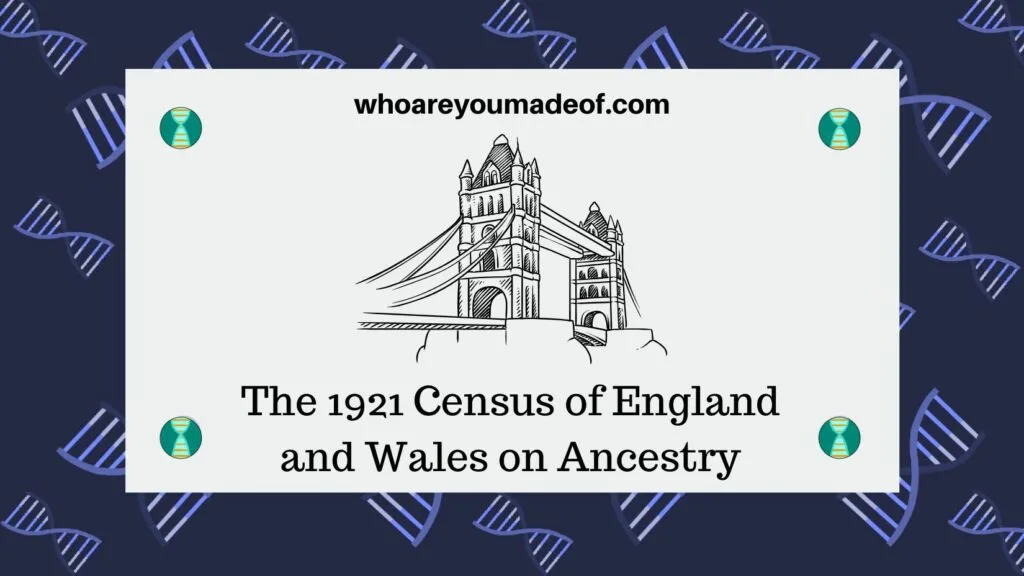
If you had ancestors living in England or Wales in the 1920s, this collection of census records might be just what you need to break through tough family mysteries or just simply learn more about your family. Since this census had to remain private for 100 years, people have understandably been excited about the release and digitization of these records.
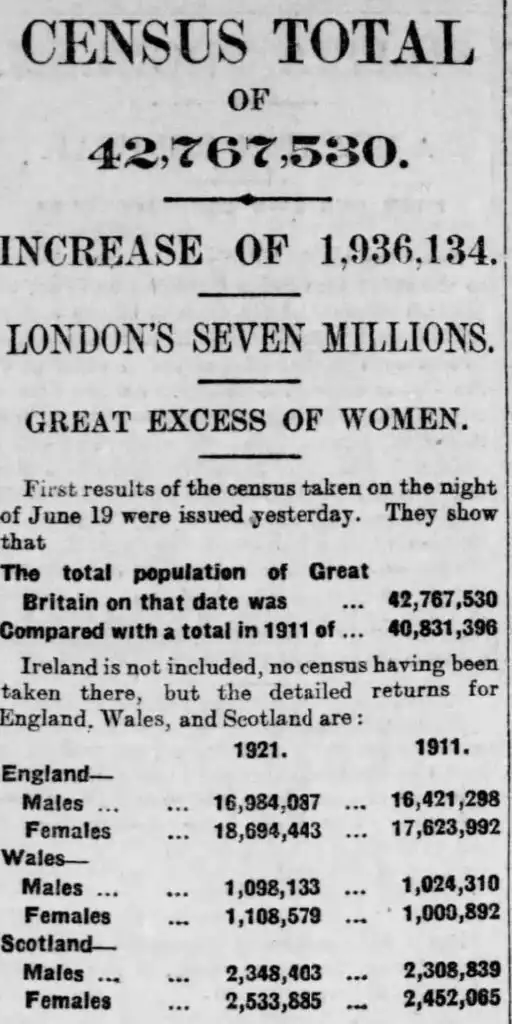
Another reason for the excitement around this record collection is because there will be no further census records released by the UK government for 30 years. This is because the 1931 UK census records were destroyed by a fire and no census was taken in 1941 because of World War II.
This census is also a unique view at life in the UK after World War I and the global flu pandemic, two influential events of the early 1900s.
What can you learn from the 1921 UK Census of England and Wales?
The UK Census of England and Wales contains questions about name and surname, relationship to head of household, marriage or orphan-hood status, birthplace and nationality, personal occupation and employment, and widow/er status.
All of my English ancestors left England before 1870, which means I don't have any ancestors who were questioned for the 1921 census. My most recent English ancestor is my 3rd great-grandfather, a Shapland, who was born in Swimbridge, England in 1850.
Some of his siblings stayed behind in England, and I have been trying to figure out who all of their descendants are, as I try to make sure to include collateral relatives in my family tree. The 1921 census records are going to help me complete this task.
To see what kind of information I will be able to find on the 1921 UK census, I pulled up a record for a Shapland living in Swimbridge in 1921. Her name is Penelope and she is a widow, so it is likely that she married a Shapland.


From the census record, I can see that she was the head of household, she was 71 years and 3 months old, she was a widow, her place of birth, her occupation of farmer, that she was an employer and she worked at home (presumably, on the farm).
One other item of note is that the handwriting visible belongs to Penelope, the head of household. This means that if you find your ancestor's record, you will be able to see their handwriting, too!
While I don't know for certain how I am related to Penelope's family, I am sure that my research will eventually help place her and her children into my family tree. The common ancestor shared with her Shapland children may be further back than my Shapland ancestor's parents, which will just make things more interesting.
Figuring out how all of the Shaplands in Swimbridge fit into my tree is essentially cluster genealogy. But let's get back on track, shall we?
How to access these records on Ancestry
To access the 1921 Census of England and Wales collection on Ancestry, you will need to have an active Ancestry subscription. There are three main ways to access these census records.
The first way, and the easiest is to visit the UK 1921 Census page on Ancestry and enter in your search details.
Since the UK census records are a part of the available records on Ancestry now, if your ancestor is listed in the 1921 UK Census, the record will be a part of the search results that you see. This means that you can also just use the main Ancestry search tool to see any applicable records from the 1921 census.
Finally, if you would like to search only the UK census records, you can navigate to the UK Census Collection page and scroll down to choose the census you would like to search.
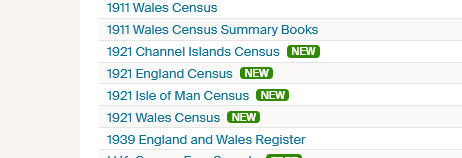
You can see that the 1921 UK census records are available in four different collections: 1921 Channel Islands Census, 1921 England Census, 1921 Isle of Man Census, and the 1921 Wales Census. To search a specific group of records, simply click on the one that you would like to search and you will be taken to a new page where you can perform your search.
It can sometimes be helpful to do a search of only one collection, especially if you are looking for a specific record within that collection.
Background of the 1921 UK census collection
The UK census was taken on June 19, 1921 so that the records reflect the population as a whole on one specific day. This one-day census was accomplished by setting up delivery of census forms to each household prior to June 19.
Each household had one week to fill out their form. At the end of the week, census workers would return to pick up the completed forms.
The responsibility of filling out the census forms fell on the head of household.
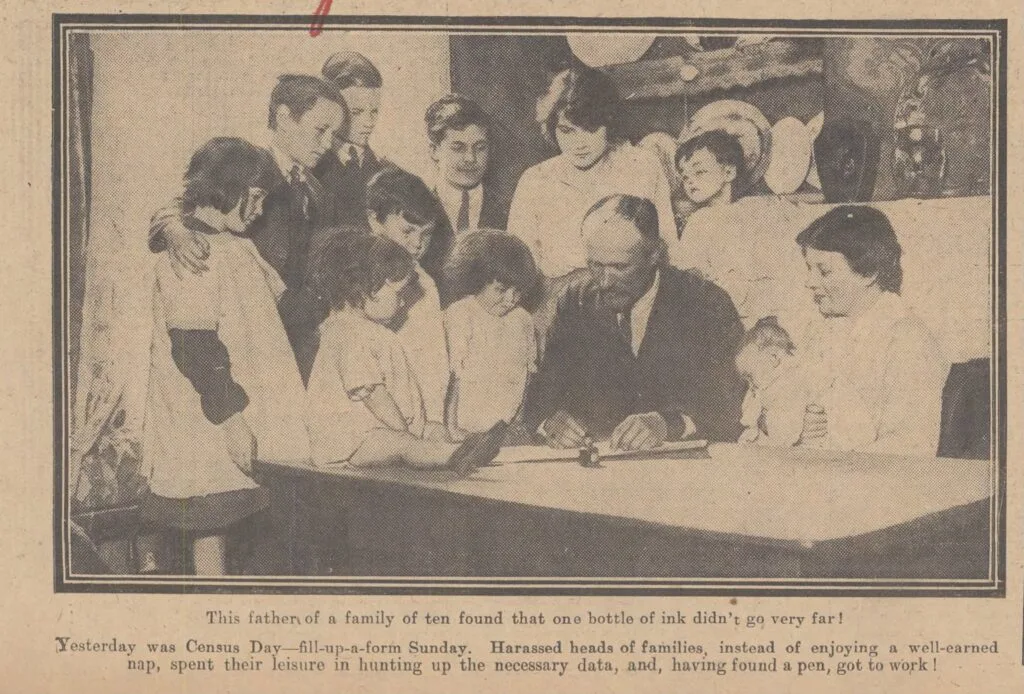
Once these forms were collected, they were sent to a central location in London where the information was entered onto special cards with holes in them that could be processed by a machine.
These census records have been stored for decades on shelves about a mile (1.6 km) long in total!
The 1921 census was the first year that information was collected about whether people were divorced in the UK. This was a culturally sensitive topic at the time, and so there were some ways for people to submit their census returns privately to avoid nosy neighbors overhearing details about their situation.
Some people who grew up as orphans or who were born in workhouses took steps to hide information about their upbringing, such as was the story of the domestic worker mentioned in the article excerpt below. The census worker describes a situation where the domestic worker fears she would lose her job if her employers found out about her very humble beginnings.
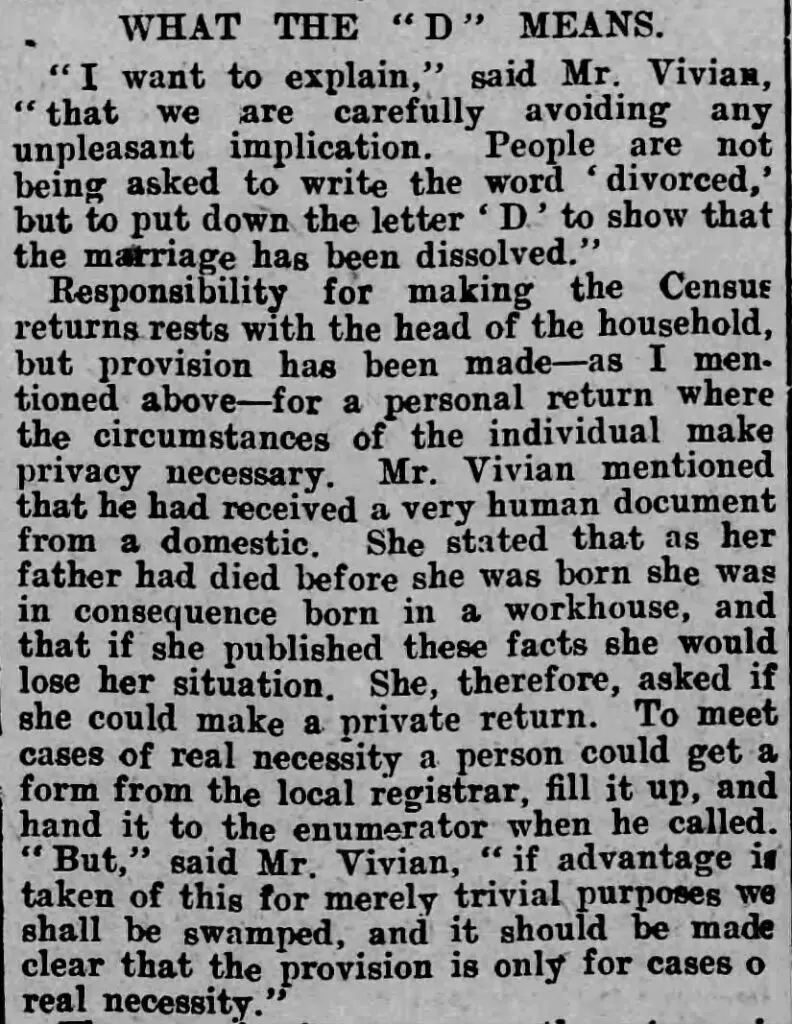
The stories about people's experience with the census serve as a reminder that the people listed in the census were individuals with complex stories - no different than we are today.
Why Northern Ireland and Scotland are not included on the 1921 UK census
Both Scotland and Northern Ireland take their own censuses, but no census was done in Northern Ireland in 1921 due to the Irish War of Independence. There was a census done in Scotland on the same day as the one in England and Wales, but the records are stored in Scotland.
Scottish census records are available on the Scotland's People website.
Conclusion
I hope that you enjoyed this article about this latest collection of UK census records on Ancestry, and I hope you are able to learn a lot about your relatives from these records.
If you have any questions about something that you read in this article, or if you would like to share a story about something that you discovered, I would love to hear from you in the discussion below.
Thanks for stopping by today! Don't forget to sign up for my free newsletter to get posts like these and others delivered to your e-mail.
